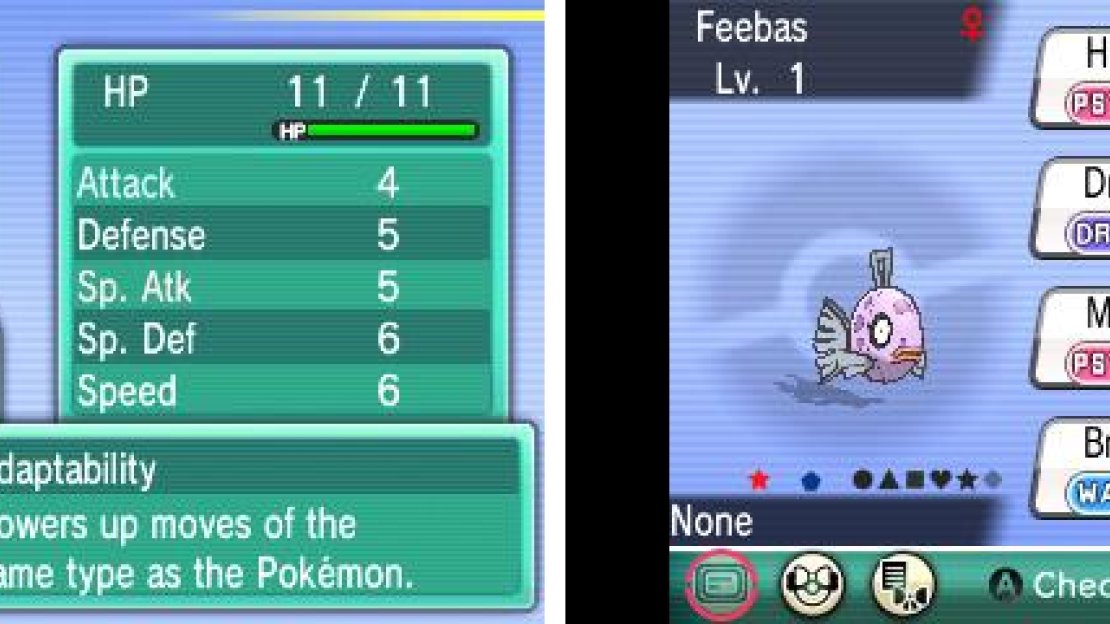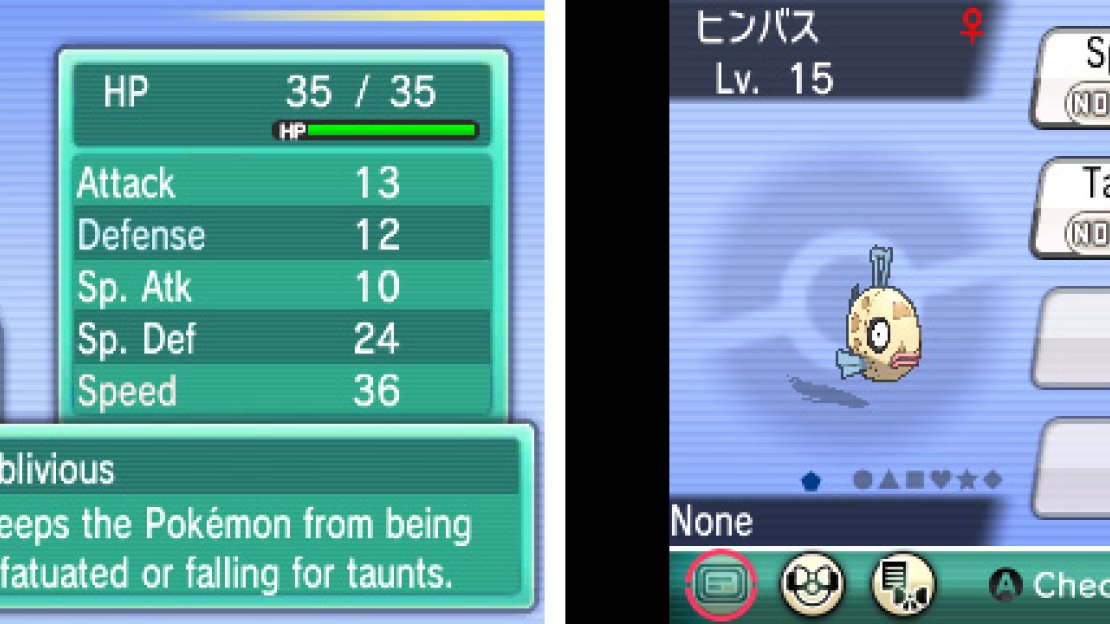Want to hatch a Shiny Pokémon the traditional way? This method is for you.
Prerequisites¶
- Access to the Daycare
- At least one Pokémon foreign to your region (this is noted by a regional abbreviation on the Pokémon’s status screen, like JPN for Japan)
- A foreign-region
 Ditto is really efficient in that you can breed it with Pokémon of any gender
Ditto is really efficient in that you can breed it with Pokémon of any gender
Benefits¶
Shiny Pokémon become approximately three times more common (3 in 4,096)
Preface¶
The Masuda method, seemingly named for Junichi Masuda, a person involved in the development of the Pokémon series, has one notable benefit: Shiny Pokémon !
Besides the color, what makes Shiny Pokémon desirable is their rarity. Under most circumstances, the odds of finding in the wild are 1 in 4,096 (about 0.0244%).
Think of this way: you might go through 500 wild battles in a relatively completionist playthrough, yet that’s barely 1/10 of the way to the 1 in 5,000 a Shiny Pokémon will appear in.
Normally, finding Shinies requires tedious looking in an area, although methods to increase the rate of Shinies have been brought in over the years, such as the Shiny Charm introduced in Black 2/White 2 or PokéRadar chaining - and the Masuda Method is one of them.
The Method¶
For us, this is a foreign Feebas, alright.
Of course, all methods still require some level of work. The one with the least true “work” involved is the Masuda method of Pokémon breeding. In it, you will need two Pokémon, each from a different region - that means you can have one of your own, and one from elsewhere.
Basically, you breed the two together … and that’s it. There’s nothing special involved with this method that you don’t want to be - if you’re just looking for a Shiny, without desiring certain IVs or moves or Nature or whatever, you can just breed them, but this otherwise still falls under normal breeding doctrines.
The chance of finding Shiny Pokémon like this is 1 in 1,366 - about three times more effective than random hunting/breeding. It’s not much, but it’s practically the only way to, for example, get Shiny starter Pokémon.
Keep in mind Wonder Trade for this - lots of people use that. The U.S., for instance, tends to get foreign Pokémon 40% ~ 50% of the time, which means residents of other regions are very likely to get something foreign (if just the U.S. dominates half the market).


No Comments